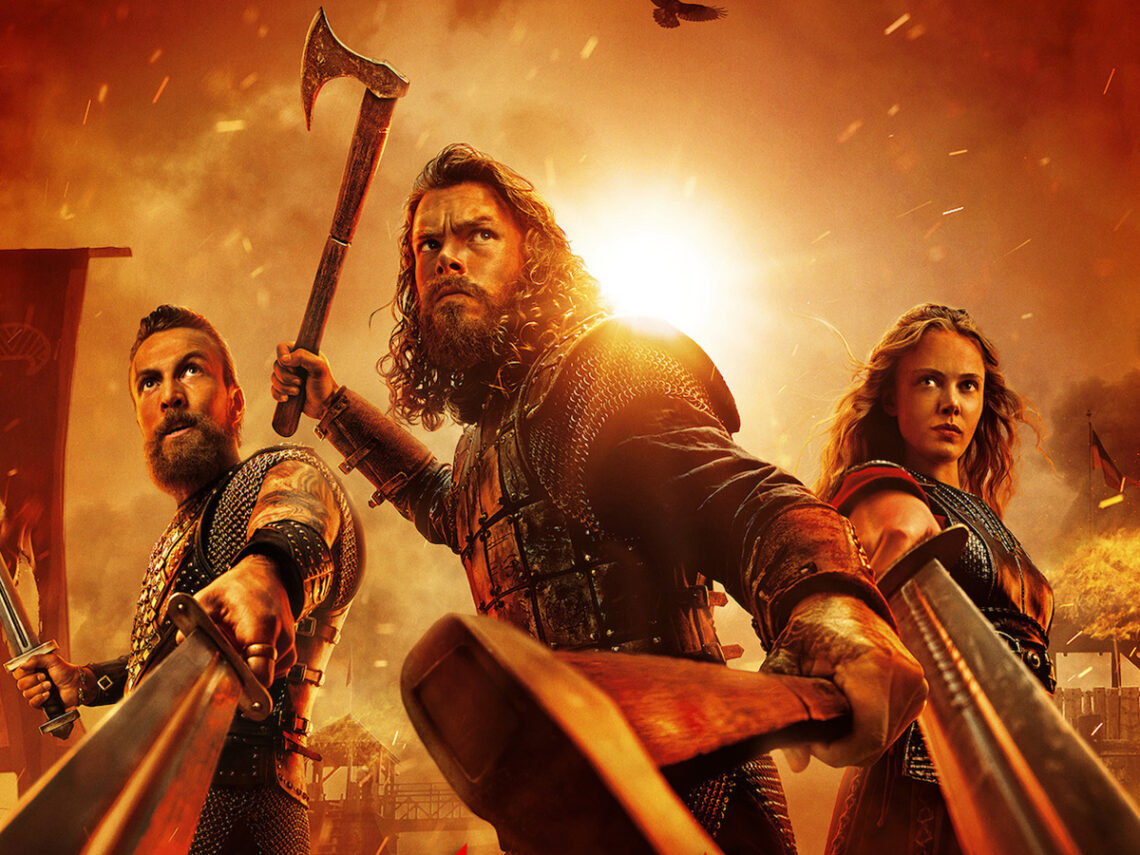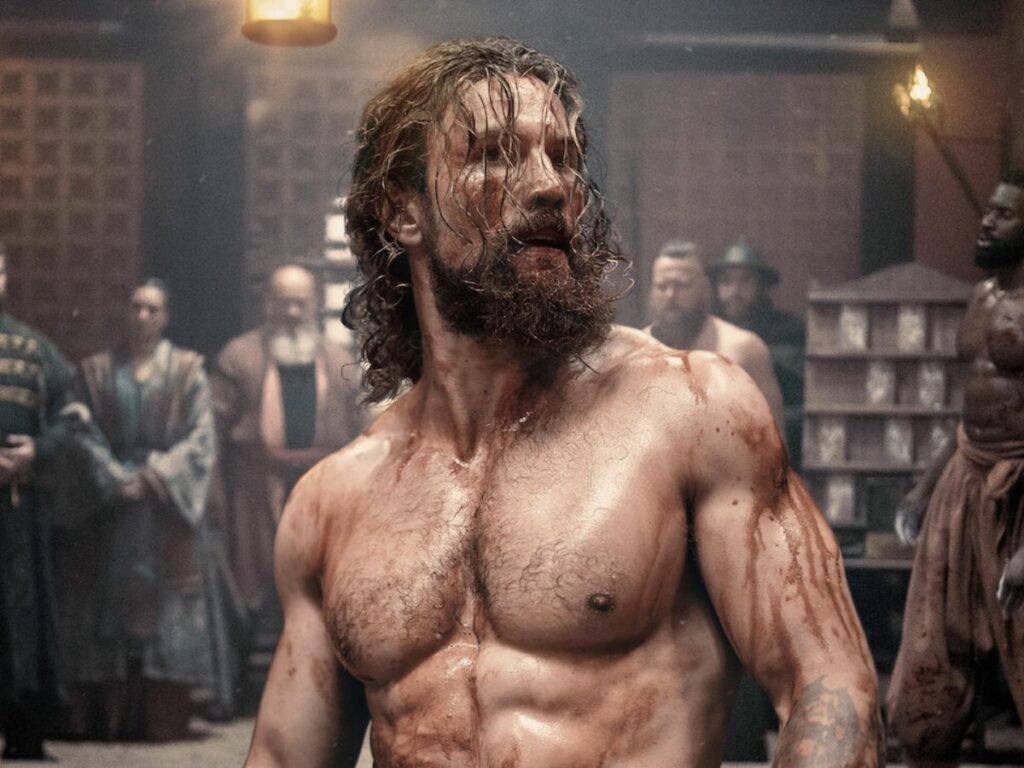
‘Vikings: Valhalla’ ending explained: What happens to the kingdoms of England and Norway?
The acclaimed sequel series to the original Netflix historical drama Vikings has ended in dramatic fashion this month, with the release of its third season. The conclusion of Vikings: Valhalla is somewhat mired in the court politics of Danish England and Norway but still feels climactic in the context of what follows it historically.
This final season of the show centres on the simultaneous battles for succession to both the Norwegian and English thrones, given the declining health of King Cnut the Great, who rules over both realms. When Cnut decides he will pass the throne to his wife, Queen Emma of Normandy. However, as series creator Jeb Stuart hinted before its episodes were released, the main action in the season takes place around the Kattegat area of Norway and Denmark. There, legendary Vikings Harald Sigurdsson, Leif Eriksen and his sister Freydís Eiríksdóttir fight to keep Norway out of the hands of Magnus Olafsson.
It’s not only the rule of individual monarchs which are at stake, though. So, too, is the future of the main Viking kingdoms in 11th-century Europe. This is why King Cnut is so insistent on handing his crown over to Emma in the face of intrigues by Earl Godwin of Wessex.
And why do Harald and Freydis fight so hard to wrestle the rule of Norway from the hands of the opportunist Magnus, the son of King Olaf, who Freydis killed at the end of the previous season? Olaf and Magnus have been leading Norway into the arms of the Papal Empire and Christianity, repressing the pagan traditions of Viking society.
Sibling explorers Leif and Freydis, in particular, symbolise these traditions, although it’s worth noting the historical inaccuracy of including them in this third season. In reality, Leif died at least five years before the events at the start of the season, and Freydis would have been at least 65 years old. She certainly didn’t bear a son by Harald Sigurdsson, who was 50 years her junior.

So, how does it end?
In the series finale, King Cnut dies, after promising Earl Godwin, “One day, your children might rule England.” But only on the condition that he supports the ascension of Queen Emma to the throne. Meanwhile, Magnus and Harald meet in the court of Norway, where the Viking Jarls decide that they will share the Norwegian crown. Freydis is then brought forward by Magnus’ men, who’ve arrested her, and sentenced to be burnt at the stake as a pagan witch at the coronation of the new kings.
She’s saved by her brother Leif in the nick of time, as he sets fire to the main Kattegat fortress and unties her from the pyre. Freydis himself invokes the Norse gods, imploring them to “rise up and protect us from this heresy.” It turns out that Harald is the one who ordered Leif to save her, and he then has Magnus arrested and removed from the throne.
Over in England, the newly crowned Queen Emma is greeted by the unexpected arrival of Harold Harefoot, her stepson and the son of King Cnut. To the horror of Earl Godwin, Emma and Harold sit together in adjacent thrones, hand-in-hand. This ending ties up the plot thread in England by suggesting that Harefoot and his stepmother will rule as joint monarchs. While this implication isn’t quite historically accurate, the opposition of Godwin sticks closely to the accounts we have of what really happened.
In the show’s closing moments, Harald, the new sole King of Norway, declares his new title: “I am Harald Hardrada!” Hardrada, which roughly translates as “firm” or “hard” rule, is the name of the history books have given him.
This conclusion sets up the struggle for the English throne, which will culminate in Hardrada’s death at the Battle of Stamford Bridge while fighting against the army of Earl Godwin’s son. Harold Godwinson would, in turn, be defeated by William, Duke of Normandy, later known as William the Conqueror, at the Battle of Hastings. The result of that battle marked the formation of the Kingdom of England as we know it today.
On the other hand, it also marks the beginning of the end for Viking rule. Hardrada announces in his final declaration, “”From this day forward, I will make this kingdom the most powerful on Earth!” He was sorely mistaken, as with two decades of him ascending to the throne of Norway Viking rule had all but collapsed everywhere.
This series might have marked the end of the Vikings, but it’ll be interesting to see whether Stuart wants to continue his exploration of Northern European history with a follow-up drama about the Norman Conquest.